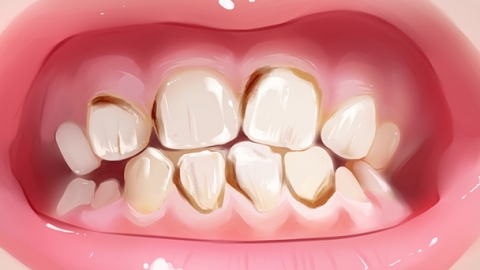How to whiten yellowed teeth from smoking
Under normal circumstances, yellowing of teeth caused by smoking can be alleviated by improving lifestyle habits, adjusting dietary habits, maintaining good oral hygiene, undergoing regular dental cleaning, and applying dental veneers. It is recommended that patients visit a reputable dental hospital for teeth whitening. Specific recommendations are as follows:

1. Improve lifestyle habits: Try to reduce or completely quit smoking, which can effectively decrease pigment deposition on the tooth surface. Additionally, maintaining sufficient sleep and avoiding excessive fatigue can contribute to overall health and, in turn, promote oral health indirectly.
2. Improve dietary habits: Minimize the consumption of pigmented foods and beverages such as coffee, tea, red wine, and cola. Pigments in these foods can easily adhere to the tooth surface, causing teeth to yellow. Increasing the intake of fiber-rich foods, such as fruits and vegetables, can help clean the tooth surface and reduce pigment adherence.
3. Maintain oral hygiene: Brush teeth twice daily, in the morning and evening, using a soft-bristled toothbrush and fluoride toothpaste to effectively remove surface stains and plaque. Additionally, using dental floss and mouthwash can help clean bacteria from between teeth and deeper areas of the mouth, preventing periodontal disease. Maintaining clean oral conditions helps reduce pigment adherence to teeth.
4. Regular dental cleaning: Dental cleaning effectively removes stains from the tooth surface and between teeth, restoring teeth to their natural whiteness and luster. Furthermore, it helps prevent periodontal disease and protects oral health. It is recommended to undergo dental cleaning at least once a year to maintain oral cleanliness and health.
5. Dental veneers: Dental veneers are a restorative method involving the application of thin layers of material to the tooth surface, effectively concealing stains and defects to make teeth appear whiter and more aligned. Veneers offer advantages such as aesthetics, durability, and comfort, but must be applied by a professional dentist.
It is important to note that during treatment, smoking should be avoided, lifestyle habits should be improved, oral hygiene should be maintained, and regular dental checkups should be conducted to promptly detect and address any issues.




